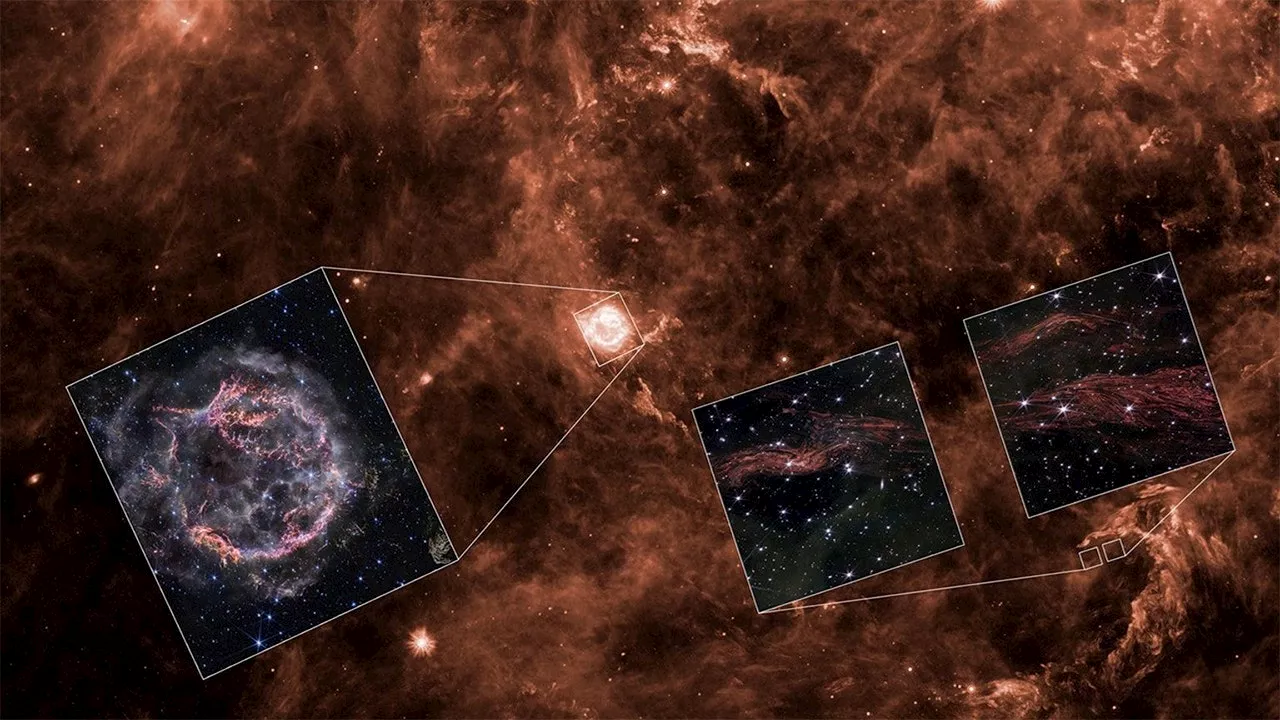NASA's James Webb Space Telescope (JWST) has captured unprecedented images of one of the earliest supernovas ever observed. The images reveal the aftermath of a massive star's collapse nearly 350 years ago, showcasing details resembling grains and knots found in wood. This discovery allows scientists to map the 3-dimensional structure of interstellar dust and gas for the first time.
NASA's James Webb Space Telescope ( JWST ) has captured breathtaking images of one of the earliest supernovas ever observed. The images, which resemble grains and knots found in a piece of wood, reveal the aftermath of a massive star's collapse nearly 350 years ago. The core of the star imploded, generating a shockwave that ripped the star apart and produced a brief, intense pulse of X-rays and ultraviolet light.
This light pulse traveled outward, eventually reaching interstellar material and causing it to glow. It is this infrared glow that JWST has captured, offering unprecedented details about the supernova's remnants. \\\Even as a star dies, its light echoes across the cosmos, providing valuable insights into the universe's history. This discovery marks a significant milestone in astronomy, allowing scientists to map the 3-dimensional structure of interstellar dust and gas for the first time. The images reveal tightly packed sheets and filaments with structures on remarkably small scales, less than one-hundredth of a light-year. This level of detail was previously unknown, revolutionizing our understanding of the interstellar medium. \\\The images, produced by JWST's near-infrared camera (NIRCam), highlight a phenomenon called light echo. When a star explodes or erupts, it flashes light into surrounding masses of dust, causing them to shine. Visible light echoes occur when light reflects off interstellar material, while infrared echoes result from dust warming up due to energetic radiation. Scientists targeted a light echo previously observed by NASA's retired Spitzer Space Telescope, located near the remnants of the Cassiopeia A supernova. The team's findings, compared to a medical CT scan, will be presented at the 245th American Astronomical Society meeting. The Webb Telescope, a joint project of NASA and the European Space Agency, continues to unveil the universe's secrets and inspire future generations of astronomers
JWST Space Telescope Supernova Light Echo Interstellar Medium Astronomy
United States Latest News, United States Headlines
Similar News:You can also read news stories similar to this one that we have collected from other news sources.
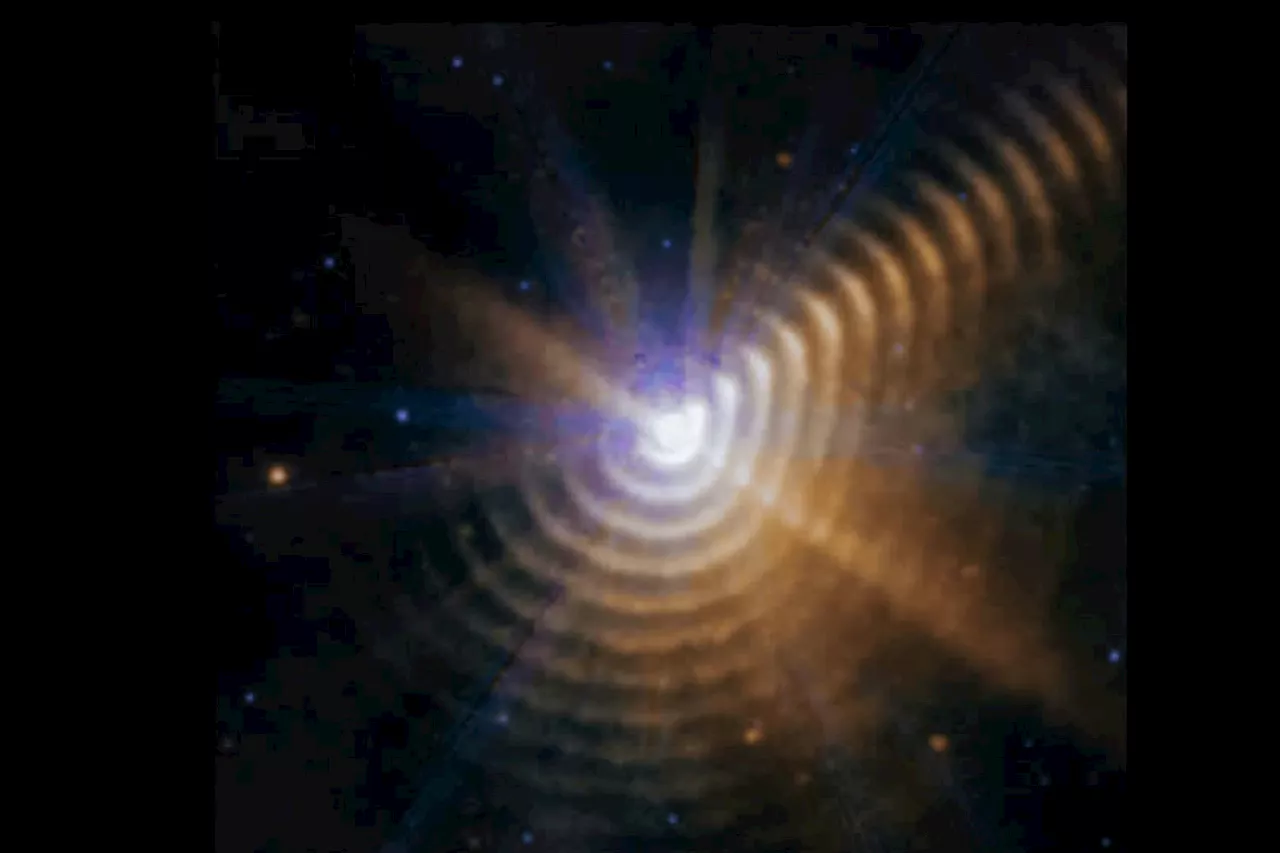 Webb Telescope Captures Stunning Image of Binary Star System with Expanding Dust RingsThe James Webb Space Telescope has captured a breathtaking image of Wolf-Rayet 140, a binary star system in our galaxy, showcasing concentric rings of dust expanding outward at incredible speeds. This image provides valuable insights into the lifecycle of stars and the distribution of elements like carbon in the universe.
Webb Telescope Captures Stunning Image of Binary Star System with Expanding Dust RingsThe James Webb Space Telescope has captured a breathtaking image of Wolf-Rayet 140, a binary star system in our galaxy, showcasing concentric rings of dust expanding outward at incredible speeds. This image provides valuable insights into the lifecycle of stars and the distribution of elements like carbon in the universe.
Read more »
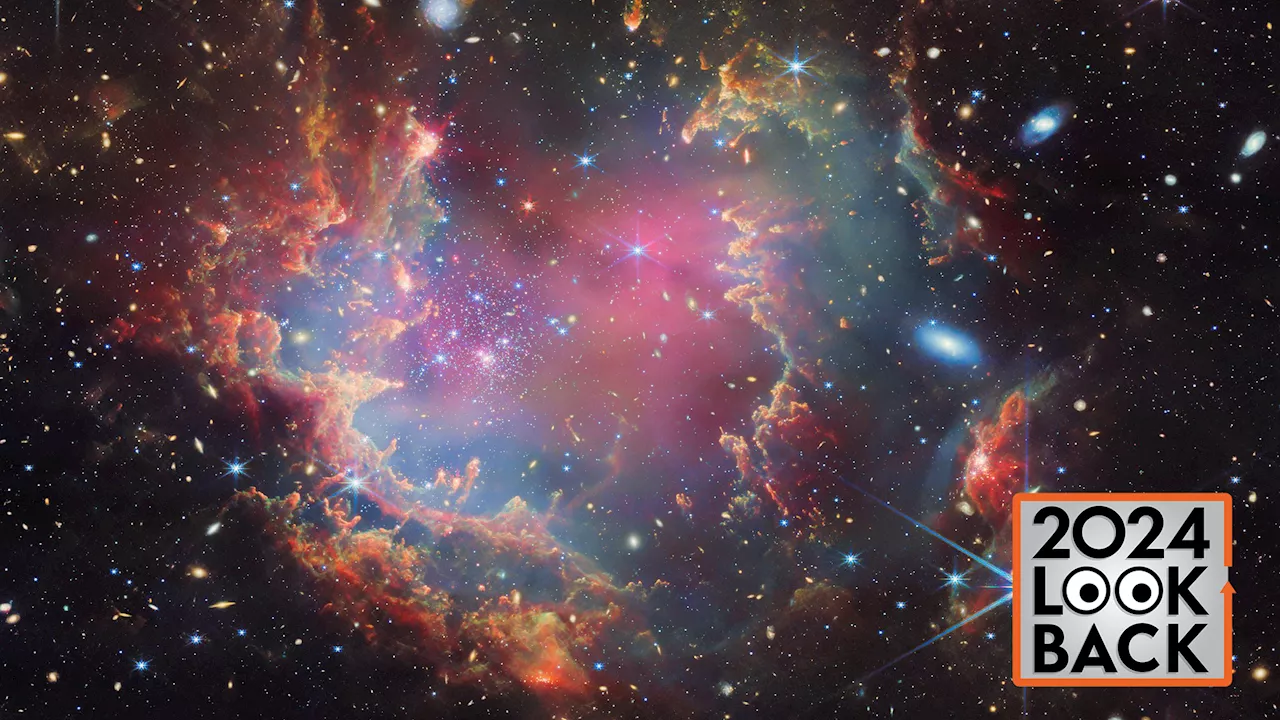 James Webb Space Telescope Captures Stunning Images in 2024The James Webb Space Telescope (JWST) continues to amaze with breathtaking images. This year, the JWST revealed stunning views of spiral galaxies, a hidden neutron star in a supernova remnant, and other distant cosmic marvels.
James Webb Space Telescope Captures Stunning Images in 2024The James Webb Space Telescope (JWST) continues to amaze with breathtaking images. This year, the JWST revealed stunning views of spiral galaxies, a hidden neutron star in a supernova remnant, and other distant cosmic marvels.
Read more »
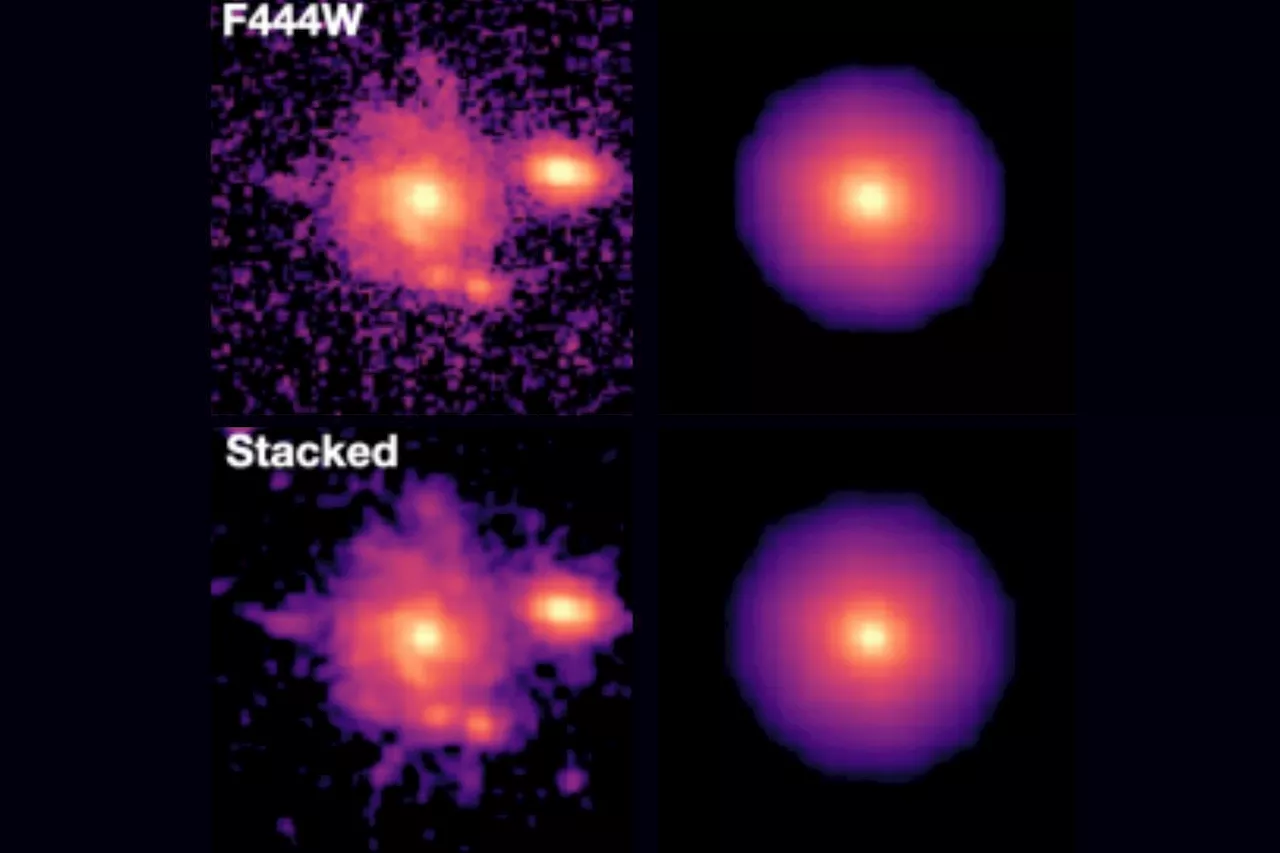 Webb Telescope Captures Images of Distant Spiral GalaxiesThe James Webb Space Telescope has captured stunning images of two newly discovered grand design spiral galaxies, one of which is the most distant ever identified.
Webb Telescope Captures Images of Distant Spiral GalaxiesThe James Webb Space Telescope has captured stunning images of two newly discovered grand design spiral galaxies, one of which is the most distant ever identified.
Read more »
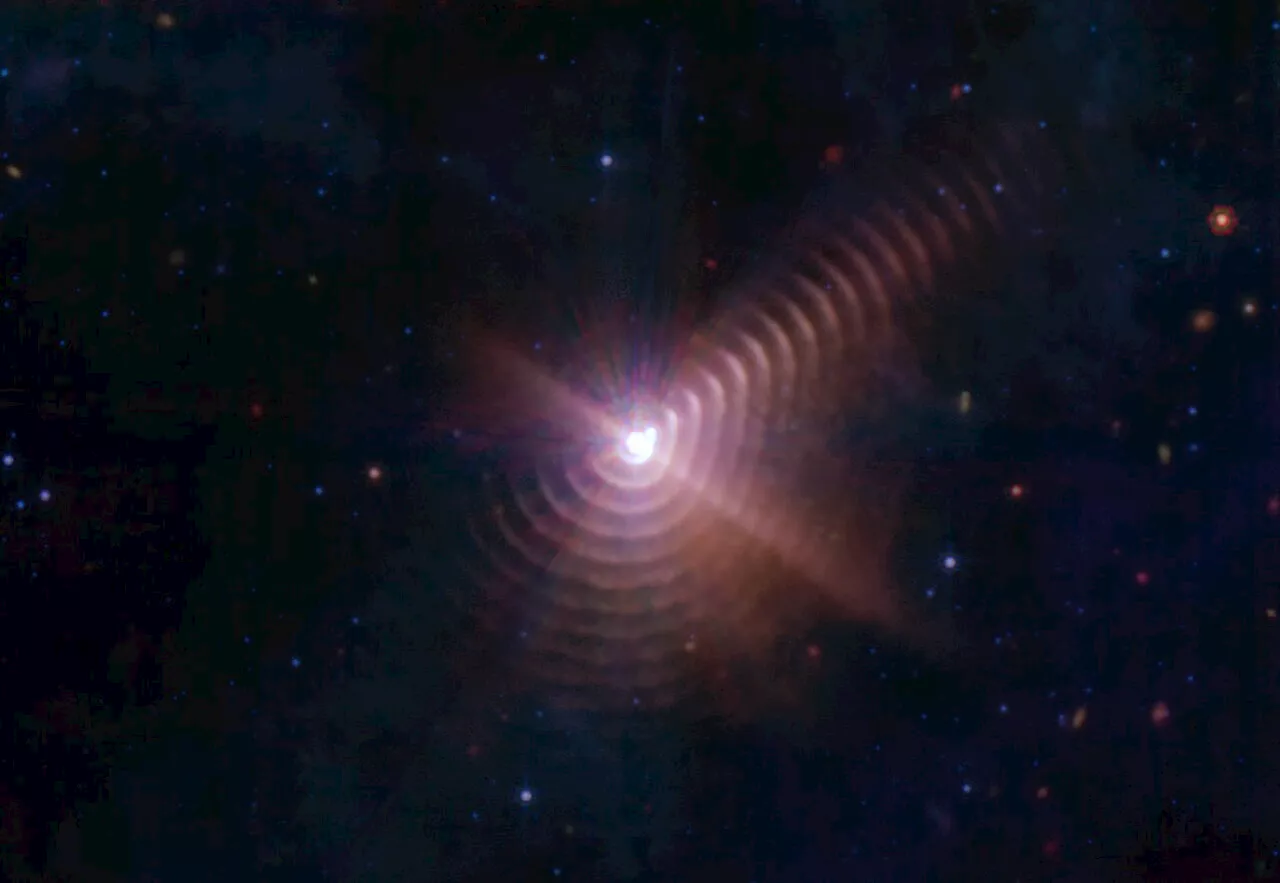 James Webb Telescope Captures Rapid Expansion of Dust Rings Around Wolf-Rayet BinaryThe James Webb Space Telescope (JWST) has captured stunning images of the binary star system Wolf-Rayet 140, revealing the rapid expansion of concentric rings of carbon-rich dust. This unique system, with its predictable dust formation every 7.93 years, allows astronomers to observe changes in the dust shells on a timescale of just a few years. This groundbreaking observation sheds light on the processes of dust formation and the role of Wolf-Rayet stars in enriching the interstellar medium.
James Webb Telescope Captures Rapid Expansion of Dust Rings Around Wolf-Rayet BinaryThe James Webb Space Telescope (JWST) has captured stunning images of the binary star system Wolf-Rayet 140, revealing the rapid expansion of concentric rings of carbon-rich dust. This unique system, with its predictable dust formation every 7.93 years, allows astronomers to observe changes in the dust shells on a timescale of just a few years. This groundbreaking observation sheds light on the processes of dust formation and the role of Wolf-Rayet stars in enriching the interstellar medium.
Read more »
 Webb Telescope Captures Record Number of Stars in Distant GalaxyThe James Webb Space Telescope (JWST) has captured an unprecedented image of 44 individual stars in the Dragon Arc, a distant galaxy magnified by gravitational lenses. The study showcases the telescope's capabilities in observing extremely faint and distant objects.
Webb Telescope Captures Record Number of Stars in Distant GalaxyThe James Webb Space Telescope (JWST) has captured an unprecedented image of 44 individual stars in the Dragon Arc, a distant galaxy magnified by gravitational lenses. The study showcases the telescope's capabilities in observing extremely faint and distant objects.
Read more »
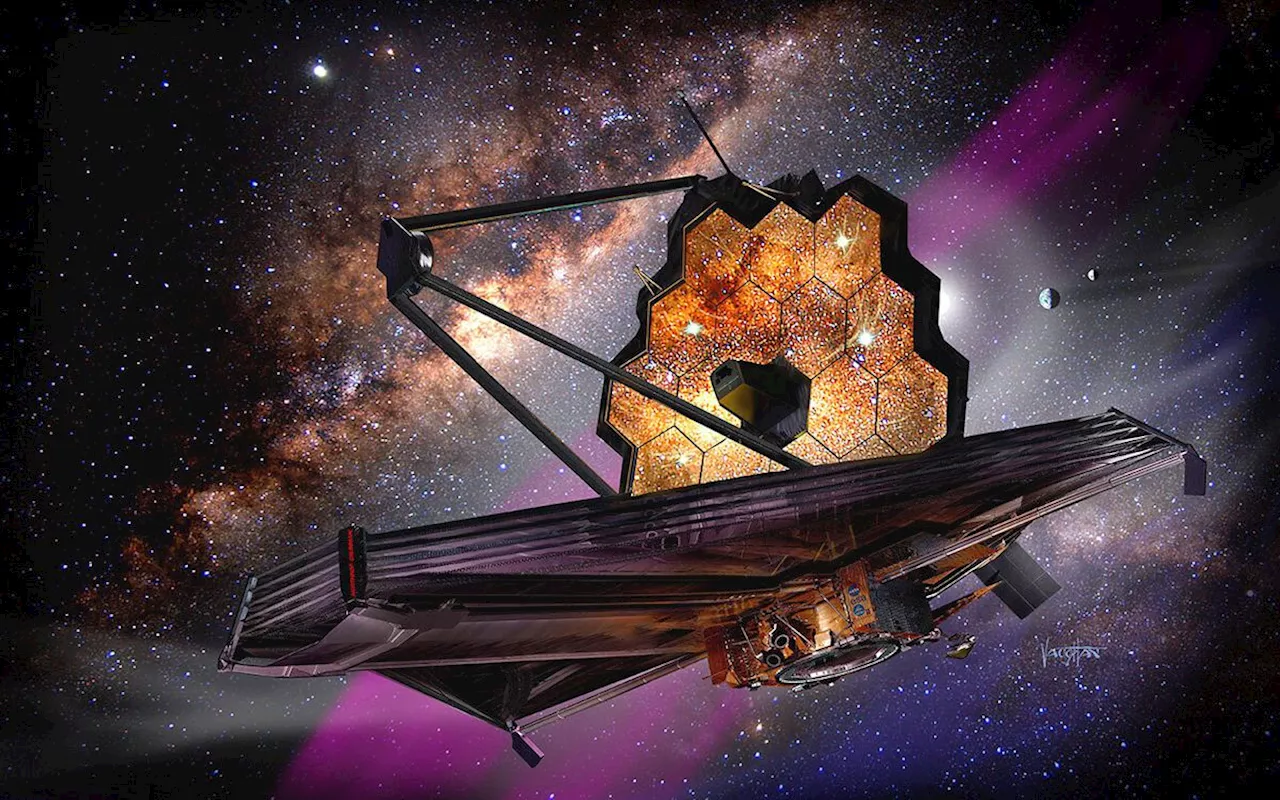 James Webb Space Telescope quiz: How well do you know the world's most powerful telescope?Ian is a freelance science and technology writer, and formerly the Tech and Entertainment Editor at Live Science & Space.com. With a degree in biology, a PhD in chemistry, and his previous role at Institute of Physics Publishing, Ian is taking a world tour through the different scientific disciplines.
James Webb Space Telescope quiz: How well do you know the world's most powerful telescope?Ian is a freelance science and technology writer, and formerly the Tech and Entertainment Editor at Live Science & Space.com. With a degree in biology, a PhD in chemistry, and his previous role at Institute of Physics Publishing, Ian is taking a world tour through the different scientific disciplines.
Read more »
